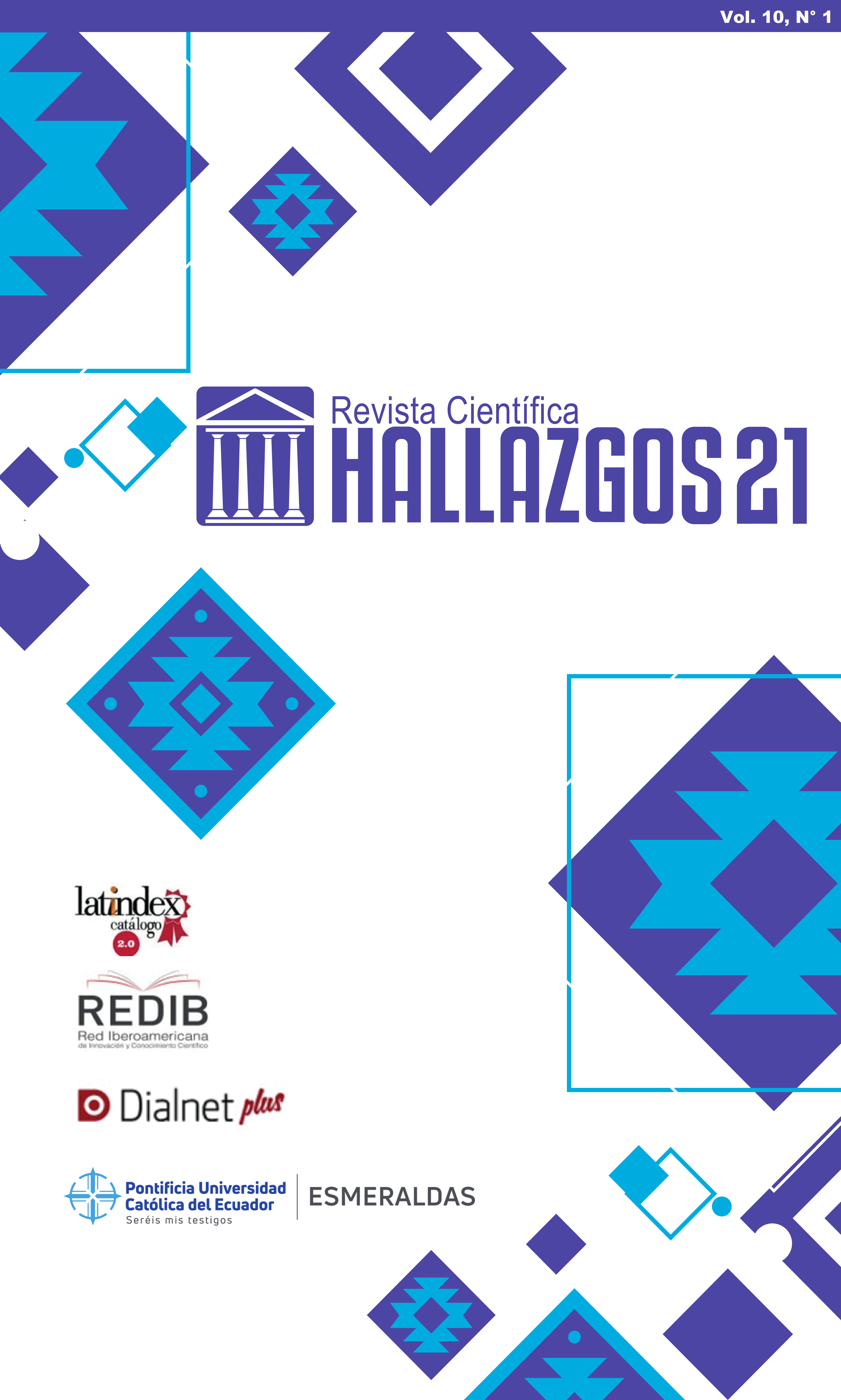Effects of Polypharmacy on Balance and Coordination in Older Adults at the “Amawta Wasi Samay” Residential Gerontological Center of Guaranda City
Keywords:
Polypharmacy, elderly, balance, coordinacionAbstract
Introduction: The use of multiple medications, known as polypharmacy, has become a growing concern in the care of older adults, as certain types of medications increase the risk of their falling, such as antidepressants and diuretics because of their effect on cognition, mobility, balance, and gait.
Objective: Identify the possible risk of falls associated with polypharmacy in older adults at the “Amawta Wasi Samay” Residential Gerontological Center.
Methods: The study focused on a field investigation, descriptive, observational of a non-experimental cross-sectional cohort, the results were processed and tabulated in an Excel statistical database of the study group to evaluate the balance and coordination of gait and early determine the risk of falls in the elderly, the Tinetti scale was used.
Results: It was shown that polypharmacy in older adults harms balance and coordination of gait, with the daily intake of medications being 36.36% of 2-3 medications and 50% of 4-5 medications.
Conclusions: The research on the possible risk of falls due to polypharmacy in older adults at the "Amawta Wasi Samay" Gerontological Center shows risk factors such as age between 75-84 years and the administration of 4 to 5 medications with properties of central nervous system depressants.
References
Arriagada, L., Carrasco, T., & Araya, M. (2020). Polifarmacia y deprescripcion en personas mayores. Revista Médica Clínica Las Condes, 31(2), 204-210 https://doi.org/https://doi.org/10.1016/j.rmclc.2020.02.007.
Carballo A, Gómez J, Casado I, Ordás B, & Fernández D. (2018). Estudio de prevalencia y perfil de caídas en ancianos institucionalizados. Gerokomos,29(3):110-6.
Cabrera, O., Roy, I., & Toriz, A. (2020). Factores de riesgo para síndrome de caída en adultos mayores con polifarmacia. Aten Fam.,27(1):27-31. https://doi.org/https://doi.org/10.22201/facmed.14058871p.2020.1.72280.
Campiño, S., Serna, A., & Ayala, I. (2020). Vista de Riesgo de caídas y su relación con la capacidad física y cognitiva, en una residencia de adultos mayores de Santiago de Chile. Revista Cultura del Cuidado Enfermería, 17 (2), 61–74.
Hernández, F., Álvarez, M., Martínez, G., Junco, V., Valdés, I., & Hidalgo, M. (2020). Polifarmacia en el anciano. Retos y soluciones. Revista Médica Electrónica, 2053- 2070. http://scielo.sld.cu/pdf/rme/v40n6/1684-1824-rme-40-06-2053.pdf.
Ruiz, V., Sifuentes, D., Alemán, J., Torres, R., & Del Bosque, J. (2020). Fragilidad, polifarmacia y riesgo de caídas en personas adultas mayores. Gerokomos, 95–98.
Salinas, A., Manrique, B., Rivera, A., & Ávila, J. A. (2020). Polypharmacy is associated with multiple health-related outcomes in Mexican community-dwelling older adults. Salud pública de México, 62(3, may-jun), 246. https://doi.org/10.21149/10903.
Silva, J., Partezani, R., Miyamura K., & Fuentes, W. (2019). Causas y factores asociados a las caídas del adulto mayor. Rev Enf Universitaria,16(1): 32-49. http://www.scielo.org.pe/pdf/rnp/v82n1/a03v82n1.pdf
Published
How to Cite
Issue
Section
License
Los artículos enviados a la Revista Científica Hallazgos21 deberán ser totalmente originales e inéditos.
Los autores son los responsables de los textos y las imágenes incluidas en los artículos y no necesariamente reflejan el pensamiento de la editorial o de la Pontificia Universidad Católica del Ecuador, Sede Esmeraldas (PUCESE).
Los autores disponen cederle a la Revista Científica Hallazgos21 todos los derechos inherentes para la edición, publicación y distribución o divulgación del mismo.
Se autoriza a las revistas firmantes de los acuerdos de Encuentros de Revistas Latinoamericanas para reproducir en parte o totalmente los artículos con la sola mención de la fuente claramente señalada.







